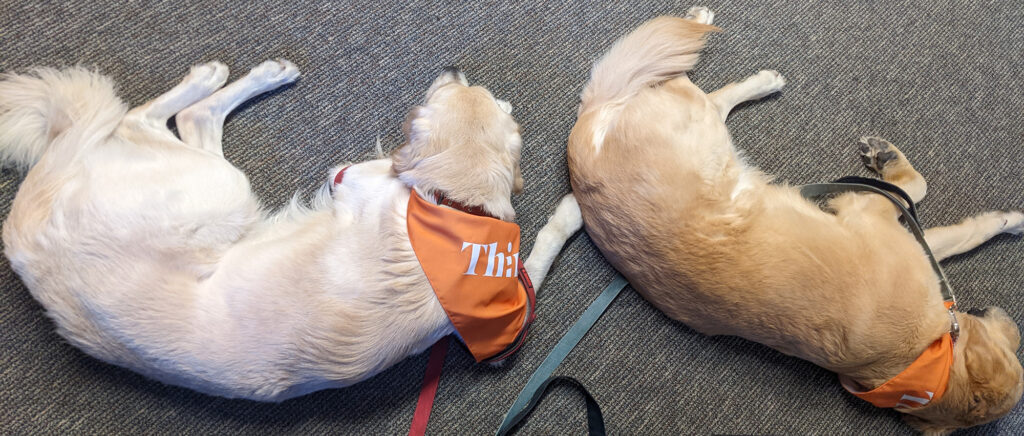When companies strive for perfection through their creative process, their obsession to succeed often leads to imbalance in the outcome of their product designs. This is evident through the branding process, specifically when creating a company logo. A logo is the first impression a company's target market will receive; it is how consumers recognize and acknowledge a business.
Understanding the Creative Process Behind a Successful Logo
The initial step in creating a logo should be understanding the brand and what they do. For example, a logo can help determine whether it is a service, manufacturing, or product-based business. Research is another important factor in creating a logo. Research can provide both inspiration and information that relates to the company. Quick concepts can then be generated by sketching different designs that could work for the logo or lead to new ideas. One can bring their ideas to life by electronically inputting their sketches to different graphic editing programs. With all the new advancements in technology the possibilities of digitally creating a logo are endless! The last steps in the creative process involve selecting a font that works well with the design and working out the colour application.
An effective logo is understandable, unique, and timeless. A well-designed logo is a valuable investment that a company can make to connect the customer to the organization and prevents a business from excessively needing to rebrand. On the other hand, over-engineered logos are hard to read, forgettable, and overall confusing.
Indicators of an over-engineered logo include:
- Lacks relevancy to the brand.
- Contains too many typefaces.
- Uses a poorly chosen font style.
- Is too detailed.
- Contains too many contrasting colours and elements.
Logos with these issues often misrepresent a company's tone and lack good brand quality. Over-complicating and merging too many ideas will result in a logo that reflects poorly on the company.
Over-Engineered Logos Mistakes: Too Many Details
Companies will sometimes focus on integrating as much information as possible into their logo, which can misinform consumers of the intentions of the business. Combining too many ideas into a logo creates an overly complex design that can be confusing and hard to read. Businesses struggling to compose an impressive symbol to represent their business should invest more time into ensuring that the logo is clear, concise, and coherent.
Many over-engineered logos will not remain clear when scaled down in size. For instance, when a company's logo is presented on a business card, it is limited to a smaller scale to accommodate the other information on the card. Most over-detailed lose their ability to express information and demonstrate the organization's goal.
Over-Engineered Logo Mistakes: Too Contemporary
During the development process for an organization's logo, one should consider that its simplicity, as well as its uniqueness, makes it memorable. Logos that appeal to common trends often require rebranding and become forgettable. Dated logos can become costly to constantly update and disconnect consumers from a company, as an organization's identity varies from time to time.
A timeless logo should require little to no modifications and allows customers to relate a business to its products or services easily. A well-engineered logo should incorporate an appropriate number of connecting ideas that remain relevant to the company's purpose technical content.
Over-Engineered Logo Mistakes: Too Many Creative Elements
Too many diverse ideas merged into one logo does not benefit the company because it positions the business as unattractive to potential consumers. This can occur by combining too many contrasting colours, fonts, or poor phrasing, causing the central concept of the logo to be lost. Allowing for the flow of aspects to tune together ensures the success of a logo, establishing a greater connection between potential customers and the principles of a business. An unappealing, over-engineered logo fails to lead patrons to make a relationship with an organization. Consumers seek companies that leave a good first impression to help fulfil their wants and/or needs, which cannot be effectively done if a business has not put enough thought and consideration into its logo. Instinctively refusing constructive feedback to help improve a company logo is to deny customers the assistance they need to resolve their problems. A company can build a well-engineered logo as the central identity of a business, captivating those interested in working with an organization.
Applying Feedback in Logo Design
Feedback is a critical part in developing an effective logo. Most feedback is reactionary and instinctive, which does not help generate solutions to relevant problems. Maintaining constructive feedback when going through the creative process of designing a new logo can help the procedure perform better and succeed overall.
To summarize, designing a brand's logo with numerous clashing ideas will result in an unsuccessful logo that reflects awkwardly on the organization. Applying styles that are visually unappealing or confusing, or using designs that age poorly, will misinform customers of the goals a company is willing to explore and achieve. Due to these over-complex or underwhelming designs, one might be disoriented and set back by a business's logo.
A logo is a business's fundamental identity; it is a company's face. When it comes to brand identity, a logo is the foundation, and without the proper foundation, an organization cannot build and grow. Therefore, investing adequate time and effort into developing one's logo is essential to a business’s continued success.
 BY
BY 

